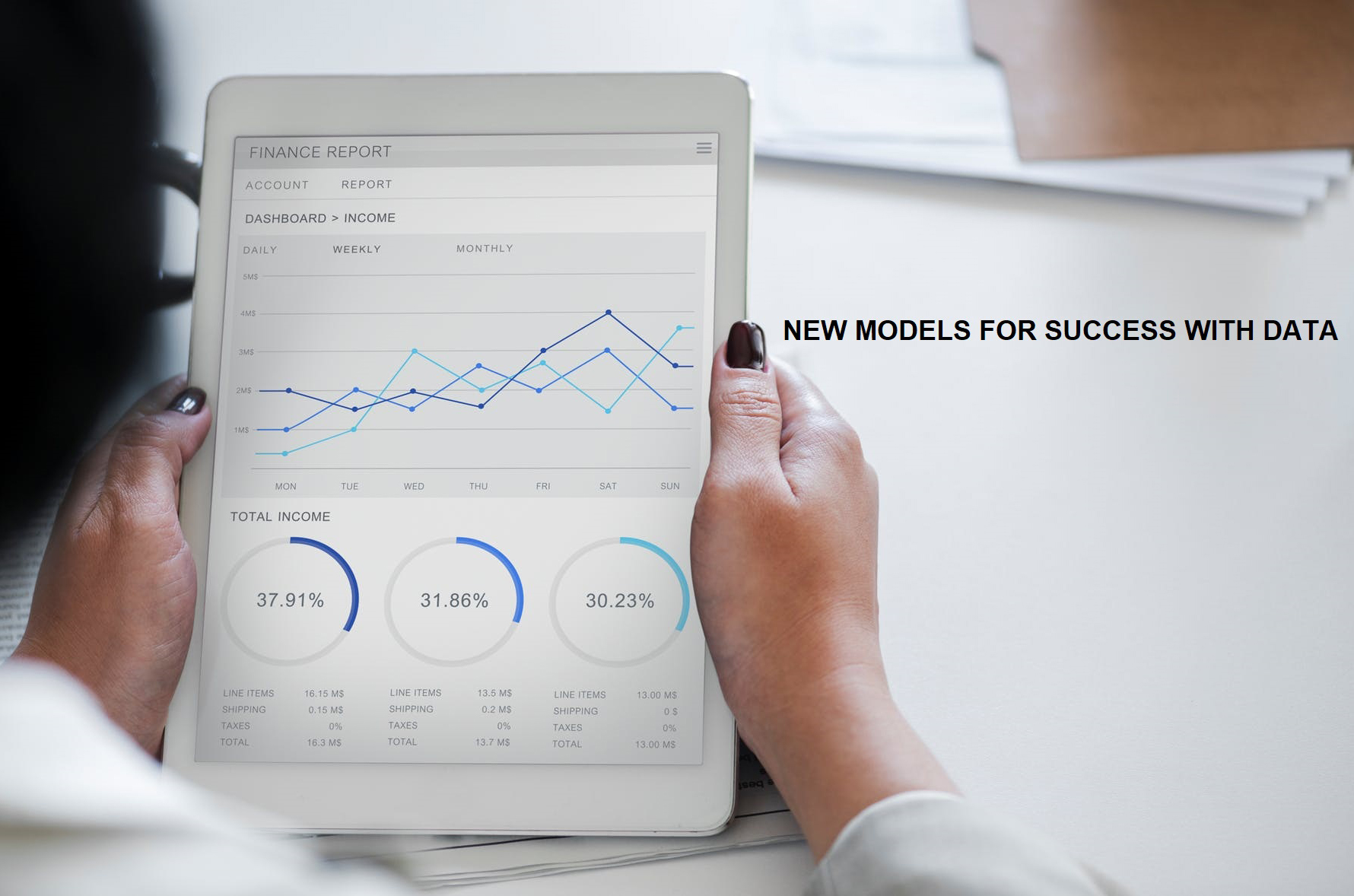After many organizations have made investments into their data infrastructure, they want to find out what is next? What are the big things they can look forward to?
In comes data monetization – something that gives a new twist to “data operations” — the amalgamation of major investments into data infrastructure, data management capabilities, analytics, even up to the perceptible shift toward artificial intelligence (AI) — so that this data operations is seen not just a cost center, but could in fact create new revenues and have a positive ROI. IDC’s definition points out that data monetization occurs when individuals or other organizations are trading something of value for the data that they collect, store, analyze and manage.
There are many ways by which organizations are generating value out of their data. What seems to be easy to do is internally oriented value-creation:
- Using data and analytics for the organization to improve cross-selling other products and services to existing customers. This is seen in “other products you need” on organization websites and applications.
- Using data and analytics to upsell products and services availed by the customer to improve customer experience, to look for secondary customer needs that can be solved by additional features of the product, and to improve customer usage of the product. As with all others, this effort enhances the revenue prospects of the organization. This is seen in “similar products” recommendations on websites and applications.
- Using data and analytics to increase brand visibility and improve marketing effectiveness so as to attract those who are not using the product, but should. Part of this effort is in using data to assess and then go for new markets and new product categories. We also cite how internal data can be used to build more revenue elsewhere, such as in improving the prospecting and sales process, pricing and risk management, and operations.

Photo Source: rawpixel.com
There are other ways by which organizations can look at external-oriented data monetization. They can look at several models:
- Acquiring data: data augmentation for ‘richer” data – Working with other organizations as sources of data and insights, supplementing what the organization already has. This data augmentation is necessary so that internal data becomes more current, accurate, and “richer.”
- Providing data: real-time data as an asset – the organization selling its data outright, notwithstanding many considerations, especially data privacy. This also includes bartering internal data with another organization’s in a direct exchange or in special exchange of value/service
- Producing but externalizing distribution This can be considered a hybrid model of data monetization since the company may have to pay an external party for the “facilitation” — say, a referral or registration fee to third-party data platforms, websites, and other channels.
- Distributing enhanced data and insights – The company provides enhanced data to third parties. This would refer to computed, scored, or otherwise value-added fields that lead organizations to offer insights, models, and recommendations
- Building platforms of insights and services – the addition of a services component on top of enhanced data services as companies build platforms of data, insights, plus services that facilitate the provision of financial services.
- Co-innovating and partnering with start-ups and the developer communities – allowing third parties to use the organization’s data to build non-core capabilities and innovating organizations’ digital offerings based on APIs. This is a model where companies are using APIs to actually extend these for use by the wider community for research and development (R&D).
Generating value out of data through these means is now helped by many recent technology investments (although legacy technology can and do play a part too); APIs, for example, are being used by organizations to come up with functionalities and applications to have customized and innovative products and services, and offer these effectively to customers. APIs are also helping companies improve their marketing effectiveness with the help of more insights-driven marketing campaigns
As companies search for ways to generate new value from their data, they will look at the basic foundations of data within their institution: the data infrastructure and the business processes that support how data
is collected, stored, updated, managed, secured, analyzed, and used throughout the enterprise. There will also be fundamental discussions on governance, especially in the collection, integration, and use of data across different business units and product siloes. The more the organization ventures into new things vis-à-vis data, the greater the focus will be on the basis of data.
Inevitably, the organization will have to consider who owns and controls the data. A cursory look into recent regulatory guidelines in the Asia/Pacific will already make it clear that the customer has the ultimate
ownership and control of his/her data. However, generating new value from data can and should proceed. Data-fuelled intelligence is permeating all aspects of business, and other companies from other industries are generating new value from it. Financial services cannot be the hold-out from this.
Several new principles on data utilization may drive or hinder value generation, depending on how they are interpreted. These include privacy impact assessment, the right to be forgotten, consent and inference, and data portability.
The team leading the initiative to generate new value from data (or to monetize data) should look at their initiative not just as a theoretical exercise but as an actual build-a-business endeavour. This entails, therefore, decisions on who will benefit from data, the terms and rates of exchange of value, pricing models, distribution models — much like how a business creates the business. Many organizations at this point are putting this endeavour under the care of their innovation teams or their fintech teams, but as the business scales, this should not be just an innovation project anymore. The organization has to promote this as a real business, in keeping with the new ways of doing business in this vastly different, data-driven marketplace.

